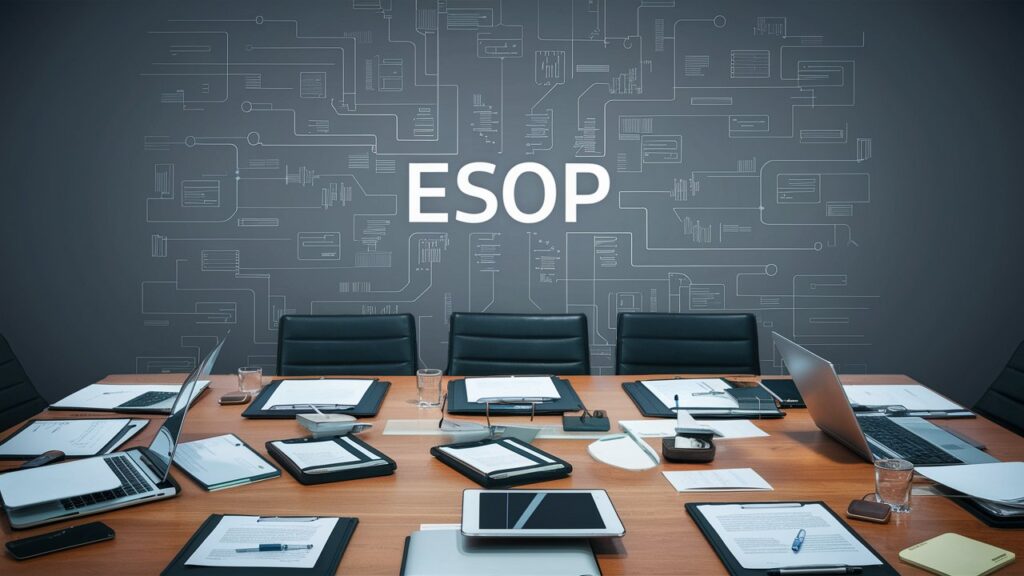
Employee Stock Ownership Plans (ESOPs) have become integral components of many companies’ compensation and benefits packages. Central to the effective operation of an ESOP is the formulation and implementation of a comprehensive ESOP policy. In this article, we delve into the mechanics of an ESOP policy, exploring its key components and how it functions within an organization.
Defining the ESOP Policy

At its core, an ESOP policy is a formal document that outlines the rules, procedures, and guidelines governing the administration and operation of the ESOP. It serves as a blueprint for how the ESOP will function, detailing the rights and responsibilities of both employees and employers participating in the plan.
Components of an ESOP Policy
- Plan Objectives: The ESOP policy typically begins by outlining the overarching objectives of the plan. This may include promoting employee ownership, aligning employee interests with company performance, and providing a retirement benefit for employees.
- Eligibility Criteria: The policy specifies the criteria for employee eligibility to participate in the ESOP. This may include factors such as length of service, job classification, or hours worked.
- Vesting Schedule: One of the crucial aspects of an ESOP policy is the vesting schedule, which dictates when employees become entitled to the shares allocated to their accounts. The policy outlines the vesting criteria and the timeline for vesting, which can be based on years of service or achievement of performance goals.
- Allocation Method: The policy defines how shares are allocated to individual employee accounts within the ESOP. This may be based on factors such as salary, job level, or a combination of factors determined by the company.
- Treatment of Vested Shares: The policy specifies what happens to vested shares when employees leave the company, whether voluntarily or involuntarily. It outlines options such as retention, distribution, sale, or rollover into another qualified retirement account.
- Administration and Governance: The policy delineates the roles and responsibilities of key stakeholders involved in the administration and governance of the ESOP. This includes trustees, administrators, and any other relevant parties responsible for overseeing the plan.
- Communication and Education: An effective ESOP policy includes provisions for communicating with employees about the plan and providing education on its benefits, rights, and responsibilities. This helps ensure that employees understand the value of the ESOP and how it aligns with their financial goals.
Conclusion
In conclusion, an ESOP policy serves as the backbone of an ESOP, providing a framework for its administration and operation. By clearly defining the rules, procedures, and guidelines governing the ESOP, the policy helps ensure fairness, transparency, and compliance with regulatory requirements. Employers should regularly review and update their ESOP policy to reflect changes in business conditions, regulatory requirements, and best practices in employee ownership. Ultimately, a well-crafted ESOP policy contributes to the success of the ESOP and the overall well-being of employees and the company alike.
For more insights pertaining to this matter, you can reach the writer at praxcy@mmsadvocates.co.ke . You can also contact us at MMS Advocates, Lower Duplex Apartments, LOWER HILL ROAD, or email us at info@mmsadvocates.co.ke